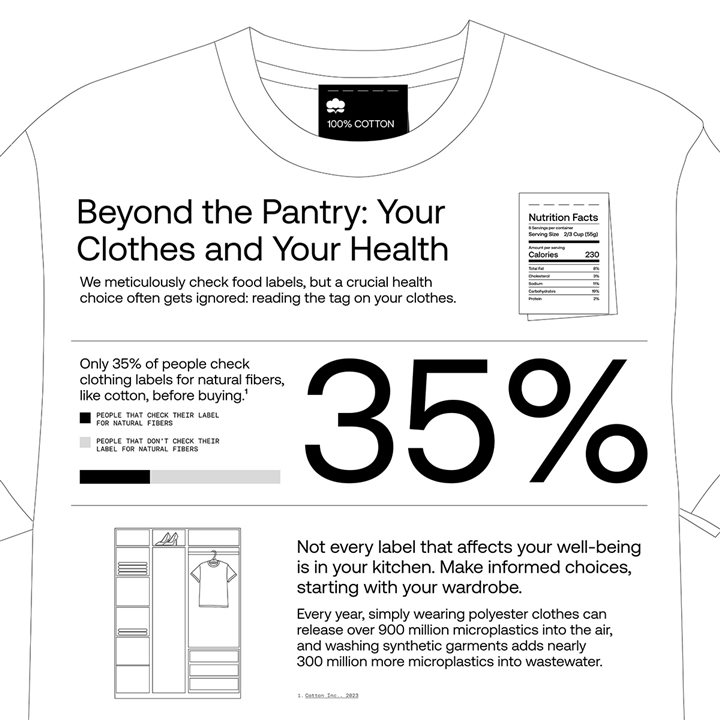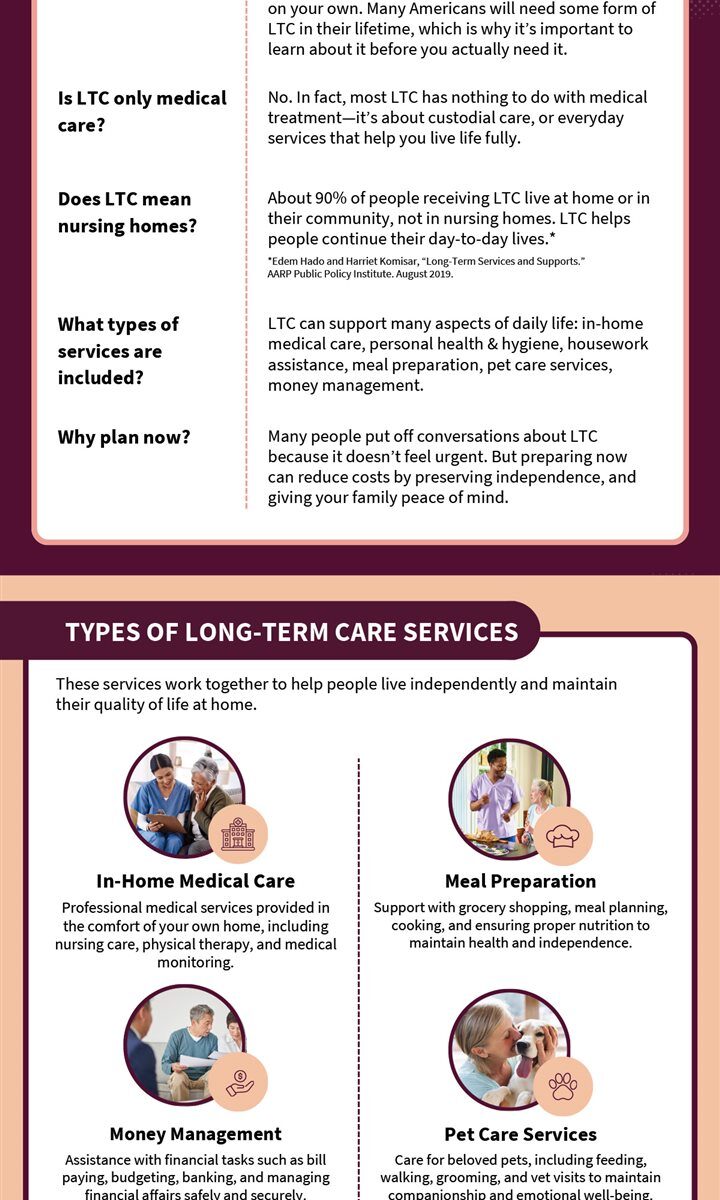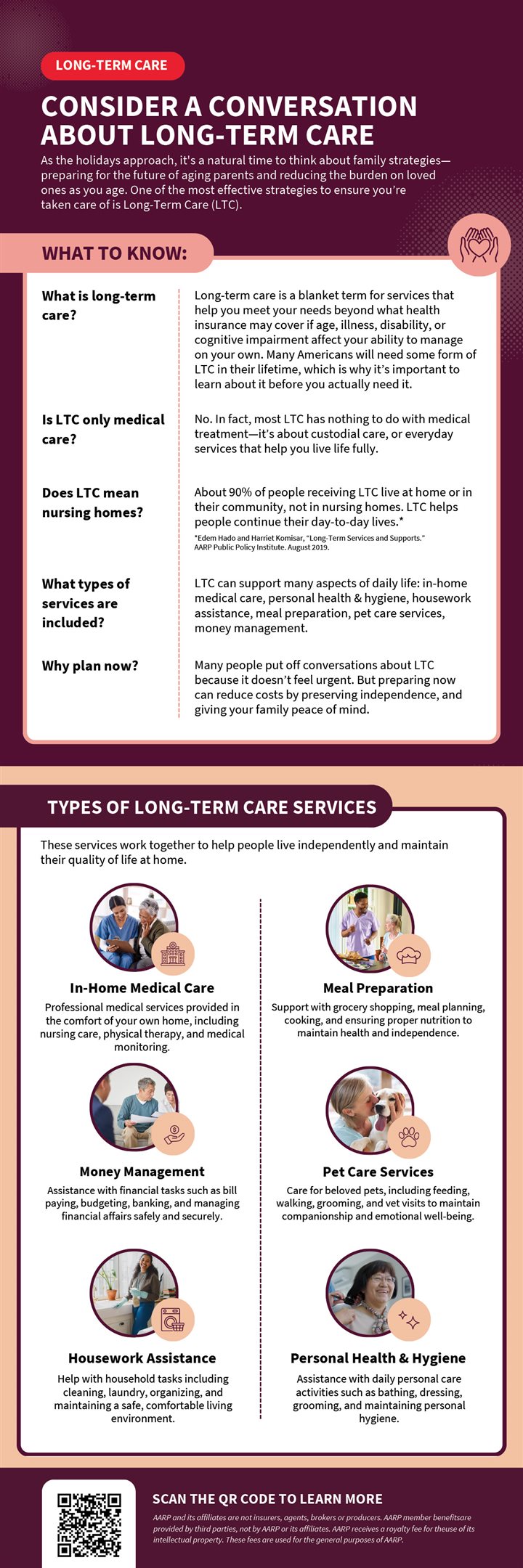2025-11-23T18:01:00
(BPT) – One of the joys of the holiday season is festive decorations indoors and out that captivate your family’s imagination and make your neighbors stare in wonder. However, decorating with traditional lighting can dampen your holiday spirit.
Luckily, you can create a beautifully lit home that evokes the joy of the season without a complex setup. Using some of the latest Govee smart Christmas lighting, you can effortlessly transform your home into a festive wonderland and create joyful holiday memories with minimal effort.
Are you ready to step into a new era of stress-free holiday decorating? Check out the following suggestions on how you can spend less time decorating and more time making memories with those you love most.

Get ready for instant holiday magic inside your home
Ready to create holiday memories? Start indoors. Don’t worry about spending hours wrestling with a complex setup. You can easily design a festive wonderland in just 15 minutes with Govee’s Christmas lights.
For example, hang the brand’s Sparkle String Lights along your window frames or sills, across mantels and above couches and other seating to create the perfect holiday ambiance. Once they’re exactly where you want them, you can switch from one dynamic color to another with a single tap and even use AI lighting bot to easily create your lighting effects, so you can enjoy an enchanting glow that feels effortless.

Create the perfect Christmas party ambiance
Whether it’s your first time hosting a festive gathering or you’re known as the ultimate holiday destination, impress your guests with vibrant indoor holiday lighting effects. You can easily coordinate all your indoor entertainment areas using Govee’s Curtain Lights Pro as an animated backdrop — like flying reindeer — and Christmas Tree Lights as a dazzling tree centerpiece.
Best of all? You can sync your lights and make them dance to the beat of your favorite holiday hits using Music DreamView. Watch as snowmen dance across your windows and the lights bounce to the tunes of your curated holiday playlist! You can also extend the festivities outdoors with Govee’s String Lights 2 — which can be set to display over 130+ animated scenes — and Net Lights to create over 78 dynamic scenes.

Become the neighborhood showstopper
Make your home the talk of the neighborhood by planning a captivating outdoor display.
Create a cohesive, breathtaking scene by installing Govee’s Permanent Outdoor Lights Prism, featuring the revolutionary Tri-Light system that offers three dynamic color zones, custom LEDs and year-round durability. Next, decorate your garden, lawn and other landscaping features with layers of Icicle Lights and Net Lights as well as Govee Christmas Cone Tree Lights. Finally, connect up to 10 Govee lights using DreamView to create a synchronized, immersive light show across the entire property.
Pro tip: After the holidays are over, don’t take down your lights! Govee’s versatile smart lighting can help you create an immersive indoor and outdoor experience year-round. Play around with the preset scenes of the Permanent Lights Prism and find the best cohesive setup for every season and celebration — including Halloween, Fourth of July, birthdays and game days.

Simply stunning decorations are just a tap away
All of these holiday lighting products have one huge benefit in common: Smart scheduling. Using the Govee Home App, you can control your holiday lights with just one tap, preset timers and scenes and connect your Alexa and Google Assistant to use the voice control features.
Holiday decorating isn’t just about lighting. It’s about creating memories that sparkle. To learn more about these magical holiday lighting options, visit Govee.com and Amazon.
























